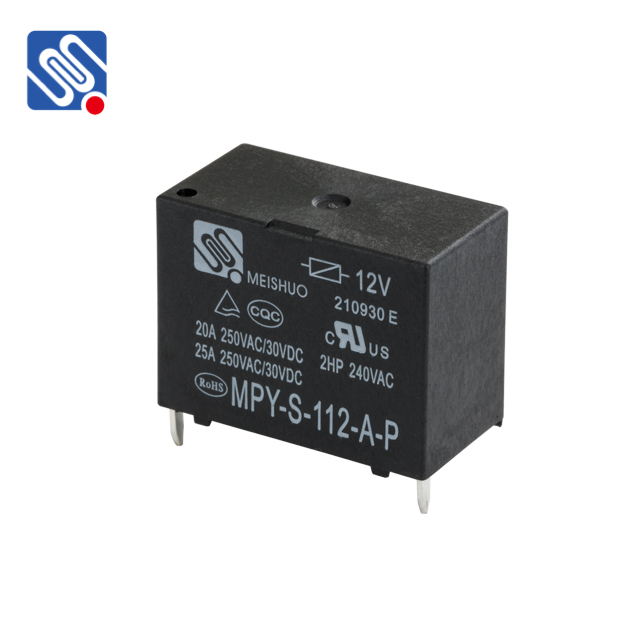understanding relay voltage rating: key considerations for reliable performance
Release time:2025-04-22 08:07:48
A relay is an essential component in many electrical and electronic systems. It functions as an electrically operated switch, enabling the control of high-power devices using low-power signals. The relay voltage rating is a critical specification to understand when selecting and using relays in various applications. In this article, we will explore what relay voltage ratings are, how they impact the performance of the relay, and the factors that influence the voltage rating choice.

What is Relay Voltage Rating?
The relay voltage rating refers to the maximum voltage that the relay can safely handle across its contacts and coils. Relays typically have two voltage ratings: one for the coil voltage and one for the contact voltage. The coil voltage is the voltage required to activate the relay, whereas the contact voltage defines the maximum voltage that can be applied to the relay’s switch contacts when the relay is in operation.
Coil Voltage Rating: The coil voltage is the electrical voltage needed to energize the relay. This voltage is usually specified in DC or AC values, depending on the type of relay. For example, a 12V DC relay will require a 12V DC supply to operate. It is important to select a relay with a coil voltage rating that matches the control circuit's output.


